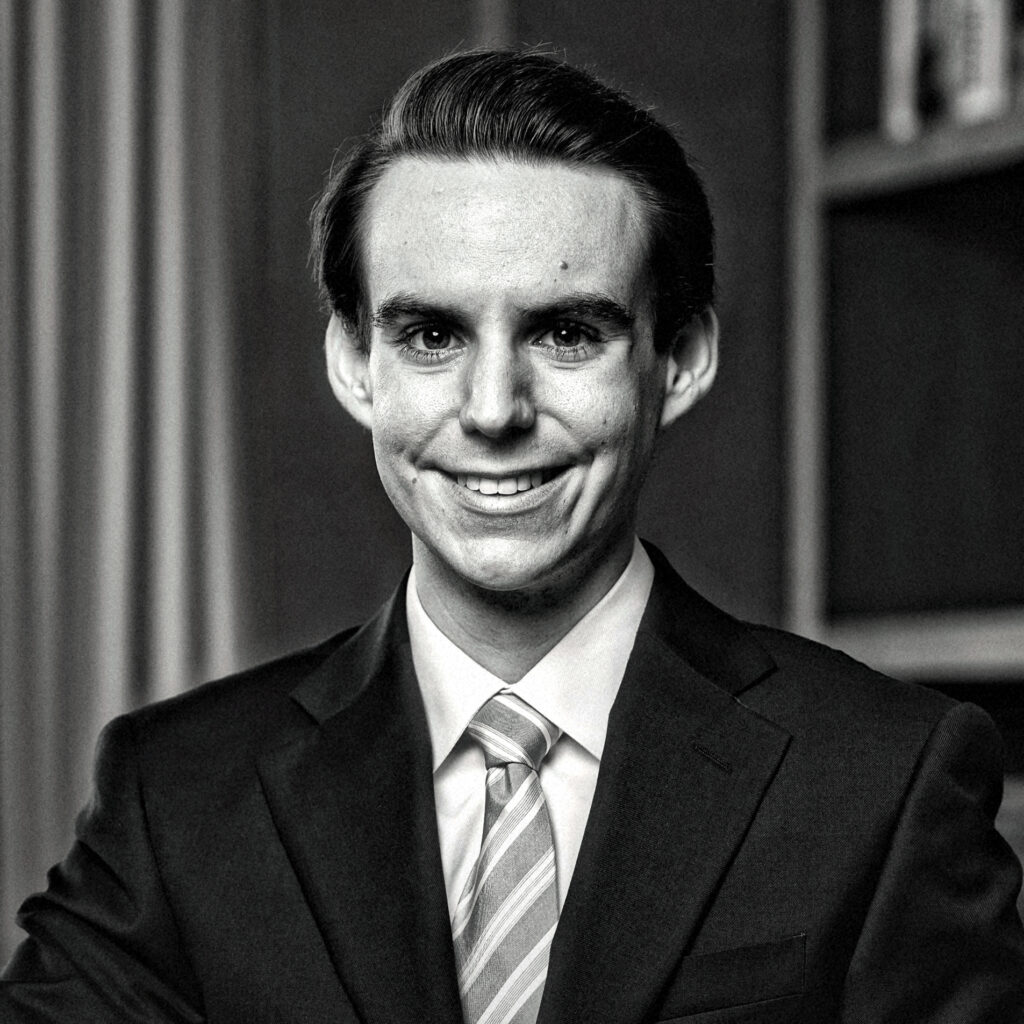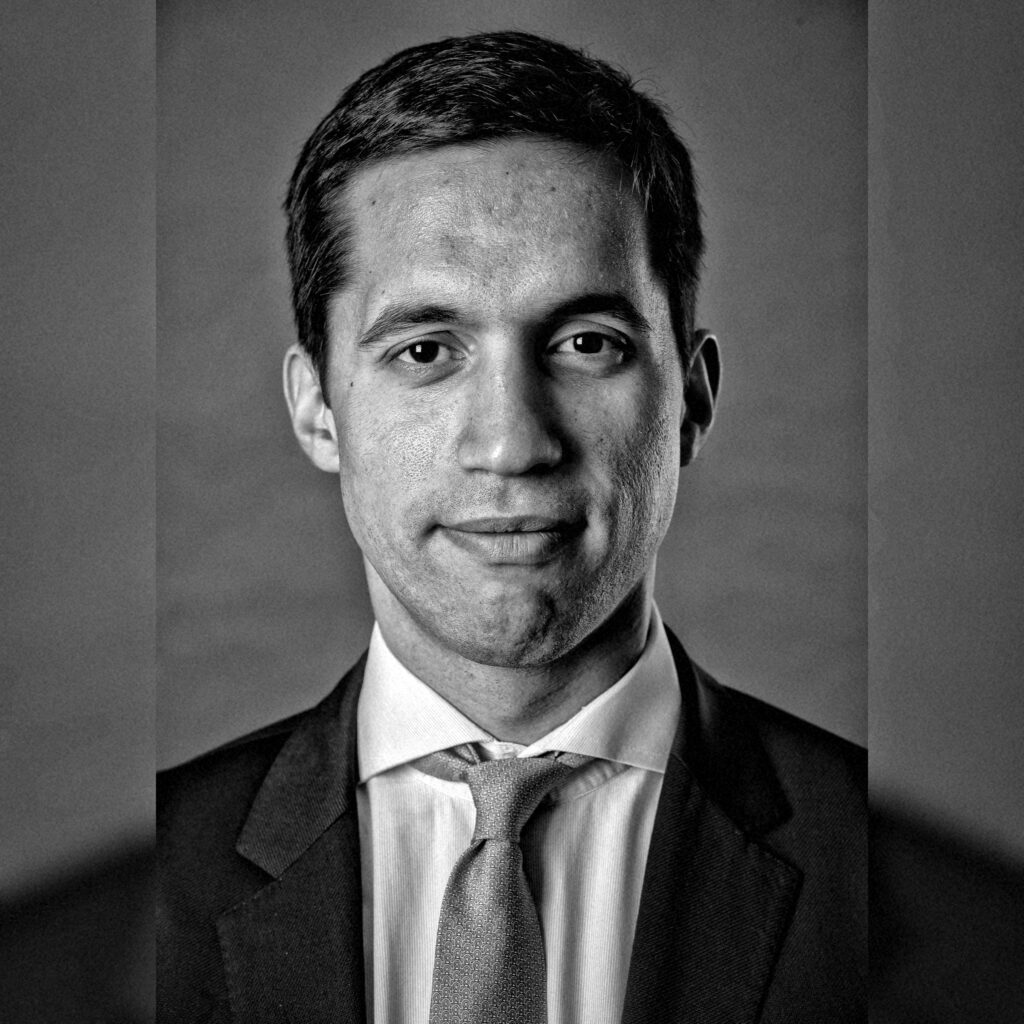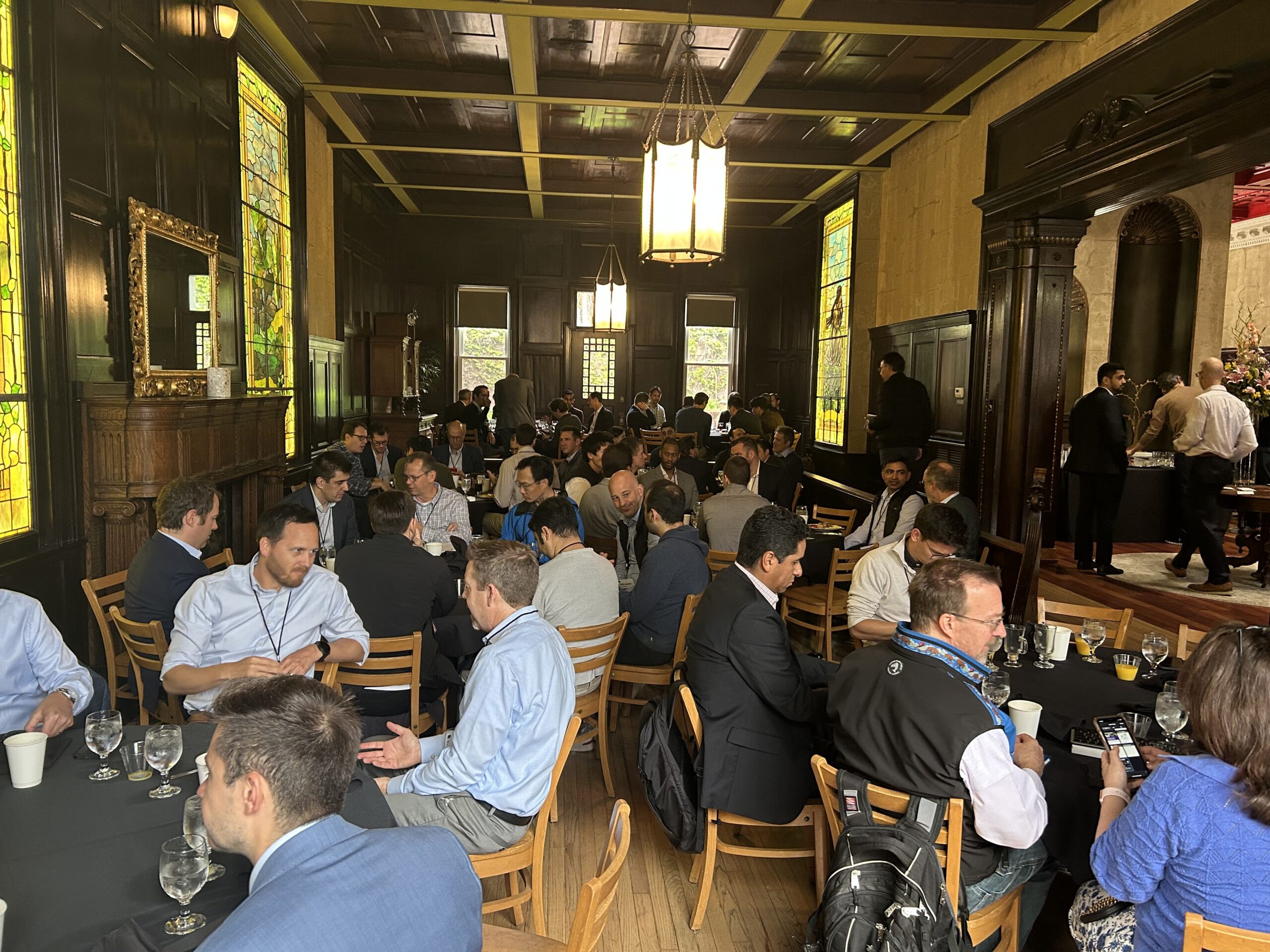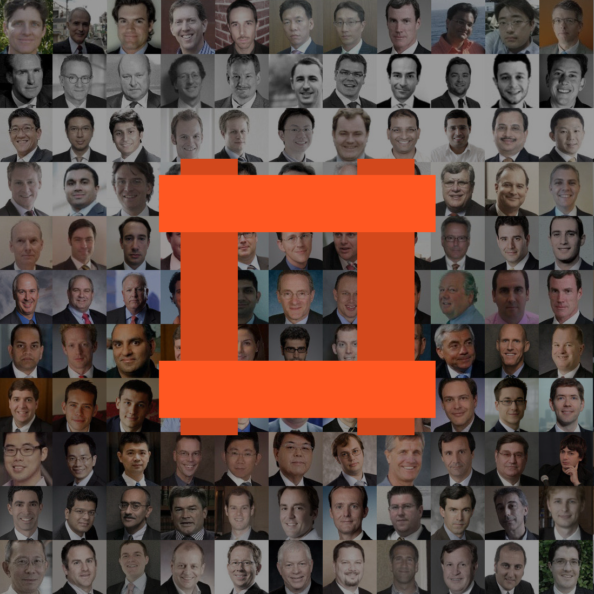This article is authored by MOI Global instructor Phil Ordway, Managing Principal at Anabatic Investment Partners, based in Chicago, Illinois.
Replay and read a transcript of Phil’s session on this topic at Best Ideas 2019.
I recently attended a meeting hosted by one of our largest holdings, and afterward the CEO asked for my thoughts. I responded with my usual sermon on capital allocation, corporate governance, and investor relations. To my surprise, he was so receptive that he invited me to present to the company’s board of directors. His willingness to learn and solicit shareholder input are very encouraging signs.
My point to the board will be simple. They’re already running a great operation, and the culture is healthy and vibrant. There is a lot to like about the company, but if they want to go from good to great capital allocation is the way to get there.[1]
How a company chooses to use its cash is a crucial determinant of success or failure, but the results only show up over a period of years. The irony is that many companies – including the one in question here – are exceptional in their sophisticated, disciplined allocation of capital when it comes to physical assets, technology, people, etc. So why do many companies seem to neglect the financial aspect of capital allocation that encompasses the balance sheet, acquisitions, dividends, and share repurchases?
Most CEOs get the top job because of operational excellence, marketing talent, or other skills that have nothing to do with allocating capital. The board is supposed to choose and oversee the CEO, but most boards are similarly inexperienced when it comes to capital allocation. It doesn’t help that the board and the executive team often suffer from imperfect incentives as well.
The shareholders supposedly own the company – can they do something constructive in this regard? “Activist” investors and index funds are growing forces that often get the attention, but usually for the wrong reasons. Retail investors don’t have the ability or scale to have much of a voice, and the engaged, long-term institutional shareholder is a dying breed.
All hope is not lost. Excellent capital allocators are rare, but dozens of examples exist. Many exemplary companies have become healthier, more sustainable, and more valuable by making a conscious effort to improve their capital allocation. That’s why I think there are mutually beneficial solutions for companies and their shareholders. Company executives need to make the difficult, long-term decisions that position their companies for success. To do that they need supportive, engaged shareholders with the right mindset. Directors need to supply the framework and oversight to keep things on track.
Effective communication is the linchpin. A smart capital allocation framework, communicated through a thoughtful investor relations function, can attract patient, long-term, rational shareholders that will be an asset to the company. It is possible to create a positive feedback loop in this regard, but precious few companies even bother to try.
Effective companies have an investing mindset throughout the organization, especially at the top – the CEO and board must embrace their role as capital allocators if they’re going to succeed. Over time, these allocators-in-chief adopt many of the same practices and habits:
• a focus cash flow and per-share metrics;
• a long-term view and a willingness to absorb short-term pain;
• autonomy and decentralized decision-making;
• hiring for attitude and fit, not skills;
• an emphasis on culture, not just strategy;
• an openness to being different and looking (temporarily) dumb;
• a dedicated cultivation of the “right” investors, not the highest share price;
• frugality and humility.
It is just as important to consider what effective companies avoid. The don’t follow conventional practices like paying a dividend or repurchasing shares just to “return cash to shareholders” or “reward shareholders” or “enable more investors to own the stock.” They don’t spend a lot of effort courting the sell-side community or trying to increase the stock price. They don’t neglect shareholder communication or the annual meeting. They don’t ignore the problem and hope it will go away.
Perhaps the best way to sum it up is to consider Matt Rose, the outgoing CEO of BNSF Railway Co., who recently had this to say while reflecting on his two decades at the helm.[2]
Vantuono: Since BNSF became part of Berkshire Hathaway, you haven’t had to answer to Wall Street. Would you say that’s been an advantage?
Rose: Yes. When we did the deal in 2009, I told our management team that it would probably take us 10 years to look back and say whether or not this was a good experiment. And by that I meant, could we outperform vs. being a standalone company? And I think the answer is yes. Why is that? Warren has given me, personally, tremendous flexibility to run the company. He’s been very interested in our returns, and we have done a good job for him.
When we were publicly traded, I would go to sell-side conferences. It used to be me with investors and sell-side analysts. And then it changed. The meetings got larger. There’d be 20 hedge fund analysts; they all seemed to be under 30 years of age. Creating transparency about how you’re doing versus another company, and the old spirit of how you’re running your company versus somebody else, I think that’s fine. But when a hedge fund says, “I really want to know how you’re going to do next quarter” on a railroad that is making 30-, 40-, 50-year-long asset investments, it’s really not consistent.
The day after [shareholders approved the acquisition] I called Warren, and I said, “Okay Warren, you now own a railroad. Congratulations. What do you want me to do? You want me to come to Omaha and bring a power point and show you what our next five-year plan’s going to be?” And he said, “No. I want you to run this company like you own it, and you’re going to be in charge of it for the next 100 years.” And I don’t think that’s consistent with a hedge fund wanting to know what the next quarter’s going to look like. When you think about getting back to the customer, and working with the markets and customers to grow your business, these are not necessarily 10-year opportunities, but they’re not something that always shows up in the next quarter, or even in next year’s numbers.
Not every company can be acquired by Berkshire Hathaway, but that’s not the point. By cultivating a long-term investor’s mindset and the right shareholder base to support it, companies across the spectrum can get the same outstanding results.
[1]Capital allocation is a loaded term and it’s worth clarifying. Most investors think of capital allocation as the process by which a company decides how to use its excess free cash flow in pursuing growth opportunities, M&A, dividends, and share repurchases. The reality, of course, is that cash is fungible, and capital allocation also includes the purchase of software, “maintenance” spending on physical assets, etc. The better description might be “how a company decides to use its cash and assets,” but I will stick with the all-encompassing version of capital allocation.
[2] https://www.railwayage.com/freight/class-i/matt-rose-less-is-not-better/
Replay and read a transcript of Phil’s session on this topic at Best Ideas 2019.
Disclaimer: Gross Long and Gross Short performance attribution for the month and year-to-date periods is based on internal calculations of gross trading profits and losses (net of trading costs), excluding management fees/incentive allocation, borrowing costs or other fund expenses. Net Return for the month is based on the determination of the fund’s third-party administrator of month-end net asset value for the referenced time period, and is net of all such management fees/incentive allocation, borrowing costs and other fund expenses. Net Return presented above for periods longer than one month represents the geometric average of the monthly net returns during the applicable period, including the Net Return for the month referenced herein. An investor’s individual Net Return for the referenced time period(s) may differ based upon, among other things, date of investment. In the event of any discrepancy between the Net Return contained herein and the information on an investor’s monthly account statement, the information contained in such monthly account statement shall govern. All such calculations are unaudited and subject to further review and change. For purposes of the foregoing, the calculation of Exposure Value includes: (i) for equities, market value, and (ii) for equity options, delta-adjusted notional value.
THE INFORMATION PROVIDED HEREIN IS CONFIDENTIAL AND PROPRIETARY AND IS, AND WILL REMAIN AT ALL TIMES, THE PROPERTY OF ANABATIC INVESTMENT PARTNERS LLC, AS INVESTMENT MANAGER, AND/OR ITS AFFILIATES. THE INFORMATION IS BEING PROVIDED SOLELY TO THE RECIPIENT IN ITS CAPACITY AS AN INVESTOR IN THE FUNDS OR PRODUCTS REFERENCED HEREIN AND FOR INFORMATIONAL PURPOSES ONLY.
THE INFORMATION HEREIN IS NOT INTENDED TO BE A COMPLETE PERFORMANCE PRESENTATION OR ANALYSIS AND IS SUBJECT TO CHANGE. NONE OF ANABATIC INVESTMENT PARTNERS LLC, AS INVESTMENT MANAGER, THE FUNDS OR PRODUCTS REFERRED TO HEREIN OR ANY AFFILIATE, MANAGER, MEMBER, OFFICER, EMPLOYEE OR AGENT OR REPRESENTATIVE THEREOF MAKES ANY REPRESENTATION OR WARRANTY WITH RESPECT TO THE INFORMATION PROVIDED HEREIN. AN INVESTMENT IN ANY FUND OR PRODUCT REFERRED TO HEREIN IS SPECULATIVE AND INVOLVES A HIGH DEGREE OF RISK. THERE CAN BE NO ASSURANCE THAT THE INVESTMENT OBJECTIVE OF ANY SUCH FUND OR PRODUCT WILL BE ACHIEVED. MOREOVER, PAST PERFORMANCE SHOULD NOT BE CONSTRUED AS A GUARANTEE OR AN INDICATOR OF THE FUTURE PERFORMANCE OF ANY FUND OR PRODUCT. AN INVESTMENT IN ANY FUND OR PRODUCT REFERRED TO HEREIN CAN LOSE VALUE. INVESTORS SHOULD CONSULT THEIR OWN PROFESSIONAL ADVISORS AS TO LEGAL, TAX AND OTHER MATTERS RELATING TO AN INVESTMENT IN ANY FUND OR PRODUCT.
THIS IS NOT AN OFFER TO SELL OR SOLICITATION OF AN OFFER TO BUY AN INTEREST IN A FUND OR PRODUCT. ANY SUCH OFFER OR SOLICITATION WILL BE MADE ONLY BY MEANS OF DELIVERY OF A FINAL OFFERING MEMORANDUM, PROSPECTUS OR CIRCULAR RELATING TO SUCH FUND AND ONLY TO QUALIFIED INVESTORS IN THOSE JURISDICTIONS WHERE PERMITTED BY LAW.
ALL FUND OR PRODUCT PERFORMANCE, ATTRIBUTION AND EXPOSURE DATA, STATISTICS, METRICS OR RELATED INFORMATION REFERENCED HEREIN IS ESTIMATED AND APPROXIMATED. SUCH INFORMATION IS LIMITED AND UNAUDITED AND, ACCORDINGLY, DOES NOT PURPORT, NOR IS IT INTENDED, TO BE INDICATIVE OR A PREDICTOR OF ANY SUCH MEASURES IN ANY FUTURE PERIOD AND/OR UNDER DIFFERENT MARKET CONDITIONS. AS A RESULT, THE COMPOSITION, SIZE OF, AND RISKS INHERENT IN AN INVESTMENT IN A FUND OR PRODUCT REFERRED TO HEREIN MAY DIFFER SUBSTANTIALLY FROM THE INFORMATION SET FORTH, OR IMPLIED, HEREIN.
PERFORMANCE DATA IS PRESENTED NET OF APPLICABLE MANAGEMENT FEES AND INCENTIVE FEES/ALLOCATION AND EXPENSES, EXCEPT FOR ATTRIBUTION DATA, TO THE EXTENT REFERENCED HEREIN, OR AS MAY BE OTHERWISE NOTED HEREIN. NET RETURNS, WHERE PRESENTED HEREIN, ASSUME AN INVESTMENT IN THE APPLICABLE FUND OR PRODUCT FOR THE ENTIRE PERIOD REFERENCED. AN INVESTOR’S INDIVIDUAL PERFORMANCE WILL DIFFER BASED UPON, AMONG OTHER THINGS, THE FUND OR PRODUCT IN WHICH SUCH INVESTMENT IS MADE, THE INVESTOR’S “NEW ISSUE” ELIGIBILITY (IF APPLICABLE), AND DATE OF INVESTMENT. IN THE EVENT OF ANY DISCREPANCY BETWEEN THE INFORMATION CONTAINED HEREIN AND THE INFORMATION IN AN INVESTOR’S MONTHLY ACCOUNT STATEMENT IN RESPECT OF THE INVESTOR’S INVESTMENT IN A FUND OR PRODUCT REFERRED TO HEREIN, THE INFORMATION CONTAINED IN THE INVESTOR’S MONTHLY ACCOUNT STATEMENT SHALL GOVERN.
NOTE ON INDEX PERFORMANCE
INDEX PERFORMANCE DATA AND RELATED METRICS, TO THE EXTENT REFERENCED HEREIN, ARE PROVIDED FOR COMPARISON PURPOSES ONLY AND ARE BASED ON (OR DERIVED FROM) DATA PUBLISHED OR PROVIDED BY EXTERNAL SOURCES. THE INDICES, THEIR COMPOSITION AND RELATED DATA GENERALLY ARE OWNED BY AND ARE PROPRIETARY TO THE COMPILER OR PUBLISHER THEREOF. THE SOURCE OF AND AVAILABLE ADDITIONAL INFORMATION REGARDING ANY SUCH INDEX DATA IS AVAILABLE UPON REQUEST.













